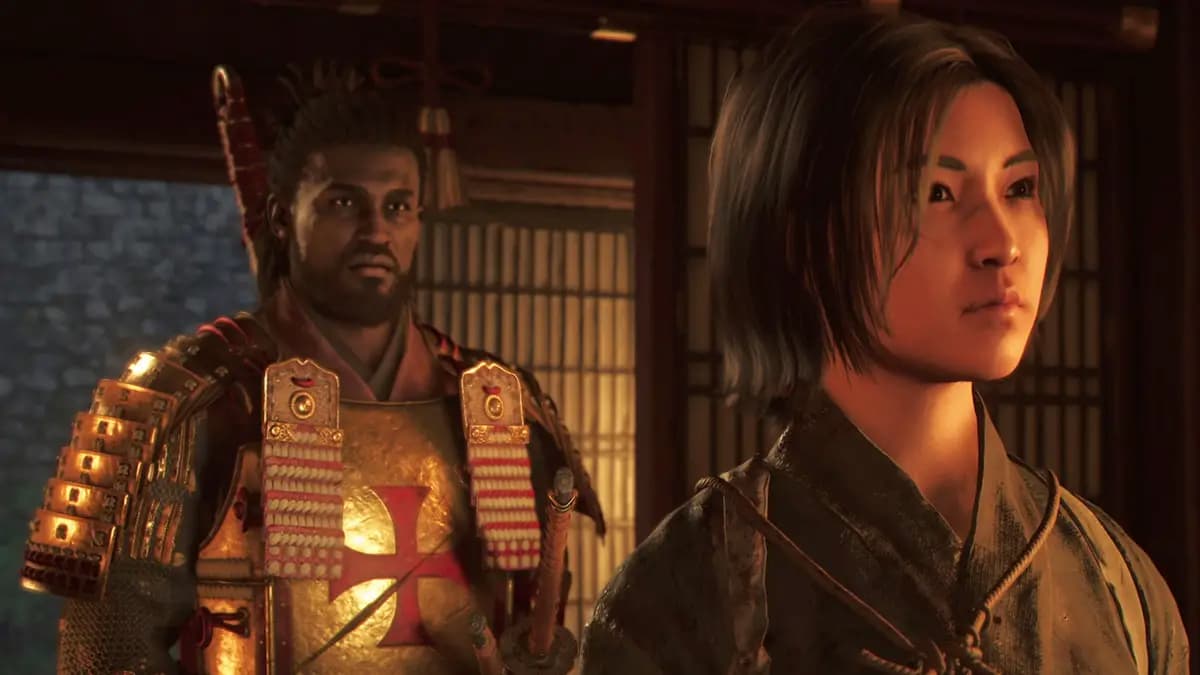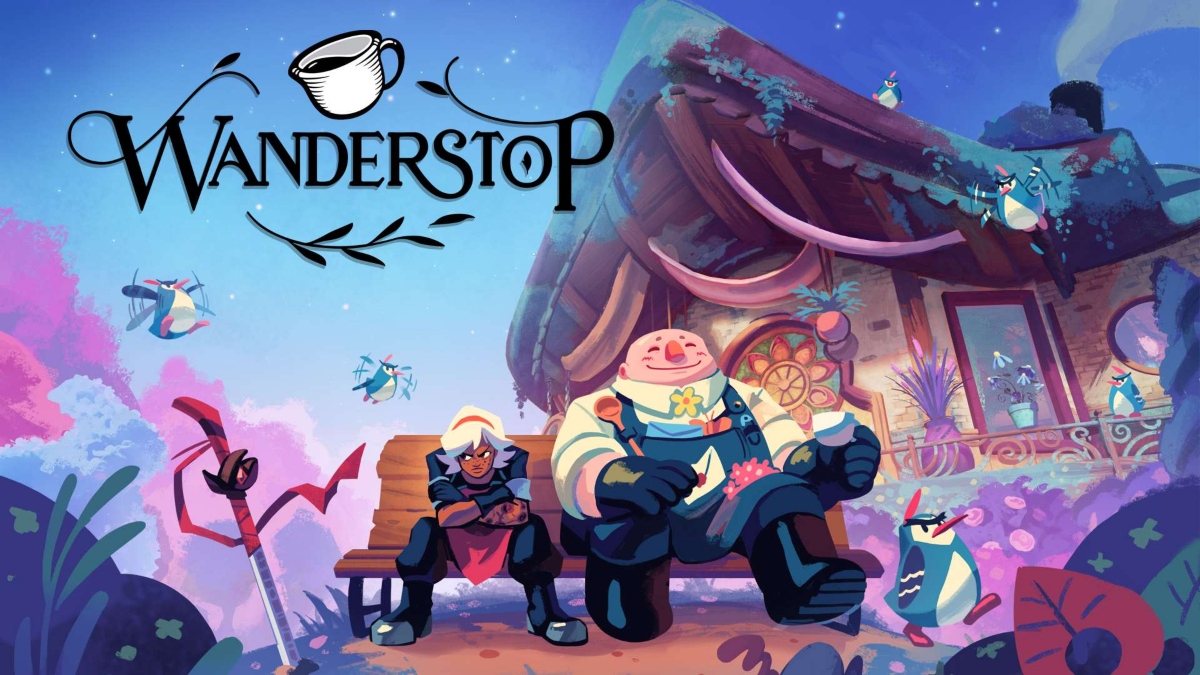TERA (The Exiled Realm of Arborea, to be precise) is a game that might revolutionize the way people play MMOs, if not for all the ways in which it doesn’t.
Combat in MMOs these days is most often played using the model popularized by, though certainly not invented by, World of Warcraft. The character selects a target and begins to attack that target with his or her weapon of choice; the target responds in turn. The player presses buttons on the keyboard to activate the character’s special abilities, and both parties slug it out, trading attacks until one of them retreats or falls.
TERA (mostly) throws that kind of gameplay out the window. You still have hotkeys to press in order to activate your abilities, but there aren’t any autoattacks. Rather than the success of your character’s attacks coming down to an arcane mathematical equation judging stats like “attack hit” or “dodge,” the success of your attacks depends on your aim. Your character’s attacks and abilities are all aimed at the targeting reticule in the center of your screen, meaning that success is up to the player rather than stats.
It sounds like an obvious design choice, because it’s the way that regular action games have worked for years, but it can’t be overstated how well this mechanic works in an MMO. Battles in TERA against the game’s BAMs (that’s Big-Ass Monster, and yes that’s the official term for them) are fast-paced and mobile encounters that rely more on player skill than the character’s numbers. The Berserker class can deal massive damage, but attacks are slow and missing one charged swing could set you back precious seconds. The Lancer tanks manually block enemies’ attacks with their shields and Warriors nimbly leap out of the way to avoid damage entirely. Even healers, whose play in MMOs has always been derisively compared to a mindless Whack-A-Mole, must manually target their life-saving abilities by locking onto teammates or consecrating specific patches of ground.
The action-based combat means that TERA is genuinely fun and exciting to play when compared to so many of its peers, and if this innovation were copied by every other MMO to come, it’d be a godsend for the genre. It’s a good thing that TERA‘s core gameplay is such a triumphant success, because the rest of it feels somewhat dated and uninspired.
TERA manages to weave sort of storyline about sleeping titans that dreamed up the world and extra-planar metallic invaders that seek to wake them and destroy all of reality.It also kindly makes it simple to follow which quests are part of the main story progression and which quests are just there for a chunk of XP or cash – but it all feels secondary at best. MMO stories are typically regarded as uninspired fantasy tripe, and while TERA seems to be trying its best to weave a rich, fascinating mythological arc, it does a poor job at selling it. In particular, the cutscenes with your character are overwrought and come off as a little silly – having a snarling, gruff-voiced general point his sword at your character’s throat isn’t quite as intimidating when your character is a fuzzy badger-man and the sword is actually pointing well over his head.
When it comes to the questing and leveling that makes up so much of the meat of an MMO experience, TERA doesn’t earn many points. “Collect X (objects)” or “Kill Y (enemies)” quests are far and away the meat and potatoes of the game, and while this model might have held up perfectly fine eight years ago, it pales against things like Guild Wars 2‘s dynamic quests, The Old Republic‘s heavy emphasis on story, or even the updated quests added in WoW: Cataclysm. There’s rarely anything that genuinely mixes the formula up, which is why the group quests to take on the aforementioned BAMs in exhilarating fights feel like precious treats.
Oddly, for a game that looks as nice as this one, TERA feels rough around the edges. The prologue masquerades as a tutorial sequence but puts you in the shoes of a level 20 character with a full loadout of skills that you’ve never encountered before, making for a rather surreal experience. Using the in-game auction house system and the various crafting tradeskills isn’t nearly as daunting as it first looks, but it could have severely benefited from a proper tutorial system.
Even something as simple as using menus can be occasionally frustrating – since moving the mouse moves the targeting reticule, you need to enter an entirely different control mode to click on anything or adjust your options. Moving, however, sends you back into combat mode, meaning that it’s impossible to browse menus or your inventory while trying to do anything else – like fighting, for instance. I’ve accidentally instigated duels or trades with other players by simply moving at the wrong time while clicking on them.
With its Unreal 3 engine, TERA certainly looks gorgeous with wide-open vistas and majestic skyboxes. Its races are mostly imaginative, with the towering draconic Amani, lithe Castanics and childlike Elin feeling more unique than the mundane humans or high elves, and the character creation provides tools if you’re the type who likes to tweak your character’s facial structure just so. Any character can be any of the game’s classes, which is a nice bit of freedom, but players who love to roll “alt” characters may find themselves frustrated, since there’s only a single starting zone for all classes and races. For that matter, I’ve played through thirty-some-odd levels of TERA right now, and I’ve yet to encounter any sort of branching paths or options to make my leveling experience different than anybody else’s. It works perfectly fine for a single playthrough, but if you’re the type who likes to test out new things, it’ll probably get old very quickly.
MMOs are constantly evolving beasts, and it’s impossible to hand down a true, final judgment on one, let alone so soon. TERA boasts an impressive set of endgame features beyond the standard dungeon raids, like in-game politics that give players the option to rule whole provinces and dynamic world challenges a la Rift. They may well compensate for TERA‘s deficiencies while leveling, but they may not. Time is the judge of all things, especially MMOs.
Bottom Line: TERA is a game caught between MMO past and MMO future. Its action-based combat is a breath of fresh air for the genre, and makes tackling its giant enemy monsters all the more thrilling, but its quests are formulaic and repetitious, serving no real purpose other than to move you through zones while anticipating the next giant boss fight. Rough around the corners and boasting some theoretically nifty endgame features, time will either make TERA great or see it slip below the waves like so many others.
Recommendation: MMO players who feel the genre is growing stale should give TERA a try, or hold out for Guild Wars 2. If the relatively dull combat turns you off WoW or TOR, it might be up your alley.
[rating=3.5]
Game: TERA
Genre: RPG
Developer: Bluehole Studio
Publisher: En Masse Entertainment
Platform(s): PC
Available from: Amazon(US), GameStop(US), Amazon(UK), Play.com(UK)









![Suikoden I&II HD Remaster Gate Rune and Dunan Unification Wars is Nostalgia Done Right [Review]](https://www.escapistmagazine.com/wp-content/uploads/2025/03/Suikoden-III-HD-Remaster-Gate-Rune-and-Dunan-Unification-Wars-is-Nostalgia-Done-Right-Review.jpg?fit=1200%2C675)



Published: May 18, 2012 1:00 AM UTC